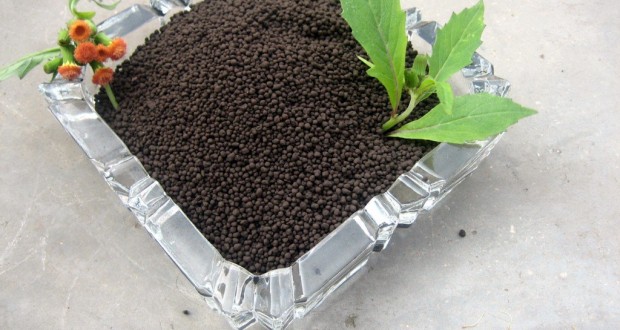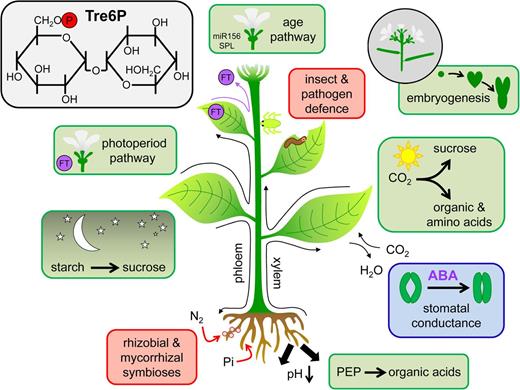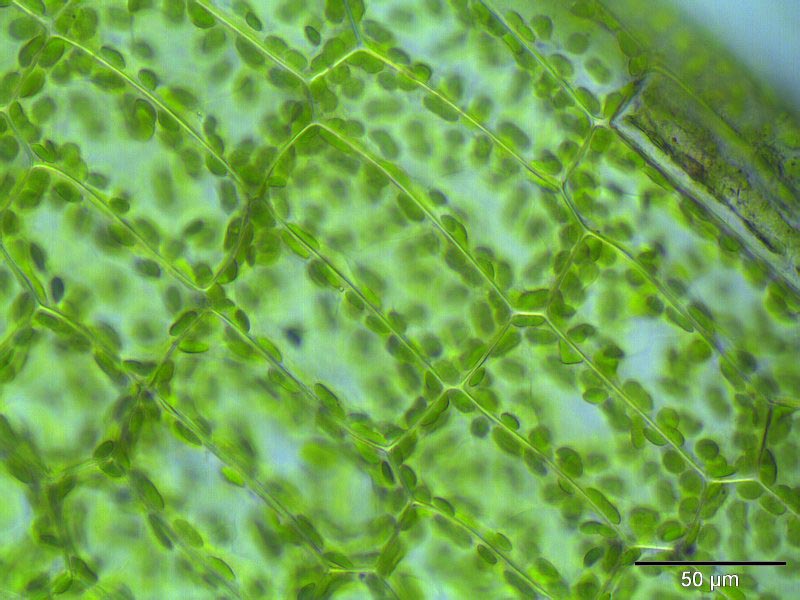
Calcium humate is 100% water soluble compound fertilizer formed by soluble calcium and sulfonated potassium humate.
Functions of Calcium humate
Calcium humate is one of the necessary nutrients in plants, and the calcium content in plants changes with plant growth conditions, species and organs. The effect of calcium humate is to protect the stability of cell membrane and the regulation of intracellular enzyme activity. Such as stimulating the binding enzyme on the membrane, the activity of ATP enzyme on the plasma membrane of root cell, the existence of calmodulin humate in the cell, etc..
Calcium humate is to regulate the balance of anions and cations in cells . Combine with oxalic acid to form calcium oxalate in solution. Regulate the pH and osmotic pressure of cells to a certain extent. Calcium humate is a structural component of some enzymes. It can enhance the activity of some enzymes after binding to calmodulin, which is related to the transmission of information between cells.
How the calcium humate to affect the plants ?
Calcium huamte is a component of cell membrane and gum. It plays an important role in the transportation of material in plant. A large part of the calcium in the plant is present in the cell wall, which can be combined with the pectin to produce calcium alginate. It can also enhance the structure of the cell wall, regulate the osmotic effect of the cell membrane.
In the vacuole of the cell, the cation and the anion of the calcium humate neutralized . The anion can have a certain regulating effect. Some plants can form calcium oxalate with low solubility in the vacuoles. Which have a certain effect on the infiltration process of the cells.
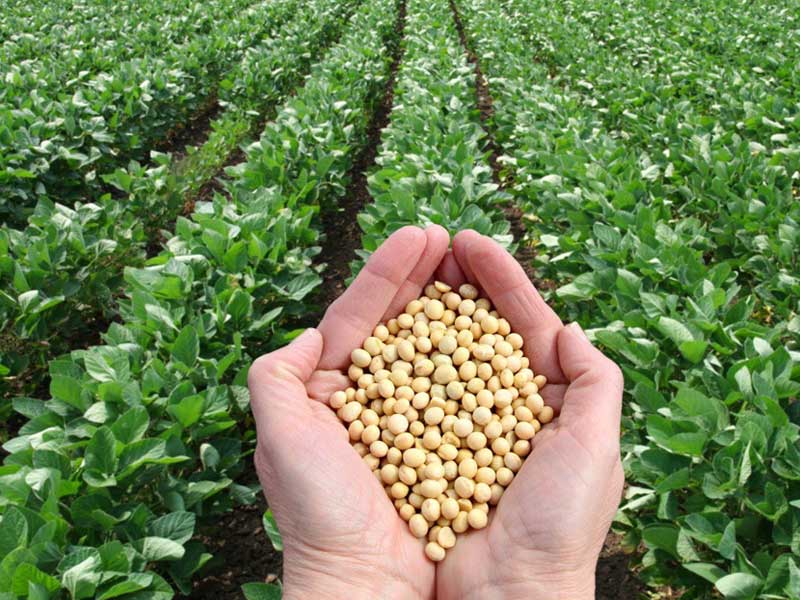
The calcium humate can also promote the formation of the cell wall of the soybean. The growth of the root system, the delay of the aging of the soybean, and the like. The form of the absorption of calcium from the soil is Ca2 +. The calcium humate has a great effect on increasing the yield of the soybean, preventing and treating the diseases and improving the quality.
Adding lime to the acid soil not only increases the yield of the soybean but also promotes the absorption of nitrogen, phosphorus, potassium and magnesium. And the calcium humate can also increase the plant resistance. The calcium deficiency of the soybean can increase the permeability of the hypocotyl cells and the exosmosis of the potassium ions, which causes the root rot , the typical loss of green spots and the necrosis of the growing point in the leaves.
The role of calcium humate in the horticultural cultivation
- Strengthening the cell wall structure.
- Stabilizing the cell membrane.
- Regulating the enzyme as the second messenger, the stress stress and the effect on the hormone, and the like.
In the soil with lower calcium content, the plant is prone to nickel poisoning. The research shows that the exogenous calcium can reduce the toxic action of various stress, including heavy metal to the plant. Which is related to the activity of the antioxidant enzyme directly or indirectly regulated by the calcium humate. Furthermore, it also can relieve the toxic effect of the nickel on the rice.
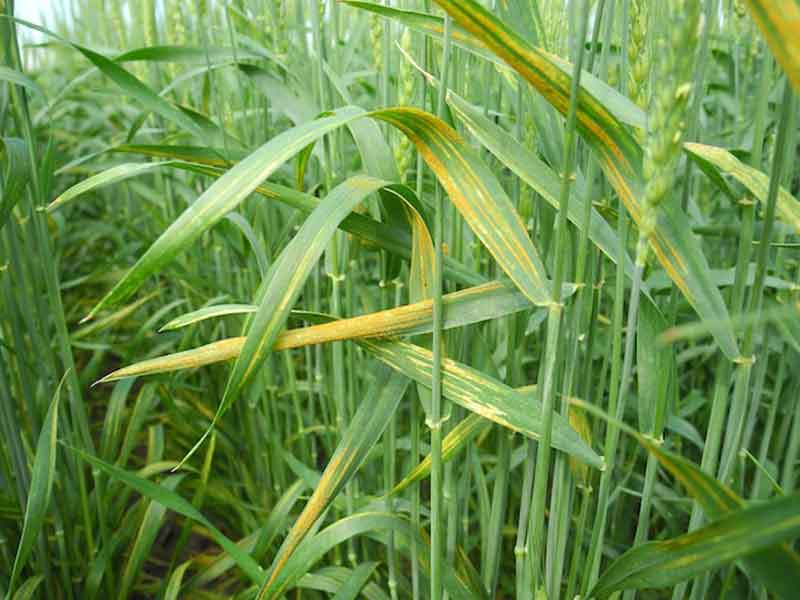
CaCO3 can only be transformed into Ca (HCO3) 2 in soil with strong acidity. The it can be absorbed by crops. The effect of CaSO4, CaCO3 and Ca (NO3)2 on the control of wheat leaf rust was studied. The rate of wheat leaf rust can be reduced by about 30% by soaking in 0.25% ~ 2% CaO aqueous solution for 48 hours. The incidence of wheat leaf rust can be reduced by 40% with the treatment of 0.5% ~ 1% CaO of the soil. While the wheat leaf rust is reduced, the CaO treatment delays the further spread of the wheat leaf rust.
After the combination of nitrogen, potassium and calcium in calcareous soil, it had a certain effect on the absorption of calcium humate by protected soybean. The absorption rate of calcium was calculated by statistical method. Which was increased by 11.3% and 17.1% respectively. At the same time, the combination of calcium and nitrogen or calcium and potassium could increase the calcium content, fat content, reduce starch content and obviously improve the quality of soybean.
In the current crop cultivation, the problem of calcium deficiency in soybean and other crops is more prominent. Such as, the effects of vegetative organs and reproductive organs. The absorption and distribution of calcium in soybean. The interaction mechanism between calcium and other elements in soybean. The effects on physiological process, yield and quality of soybean.




